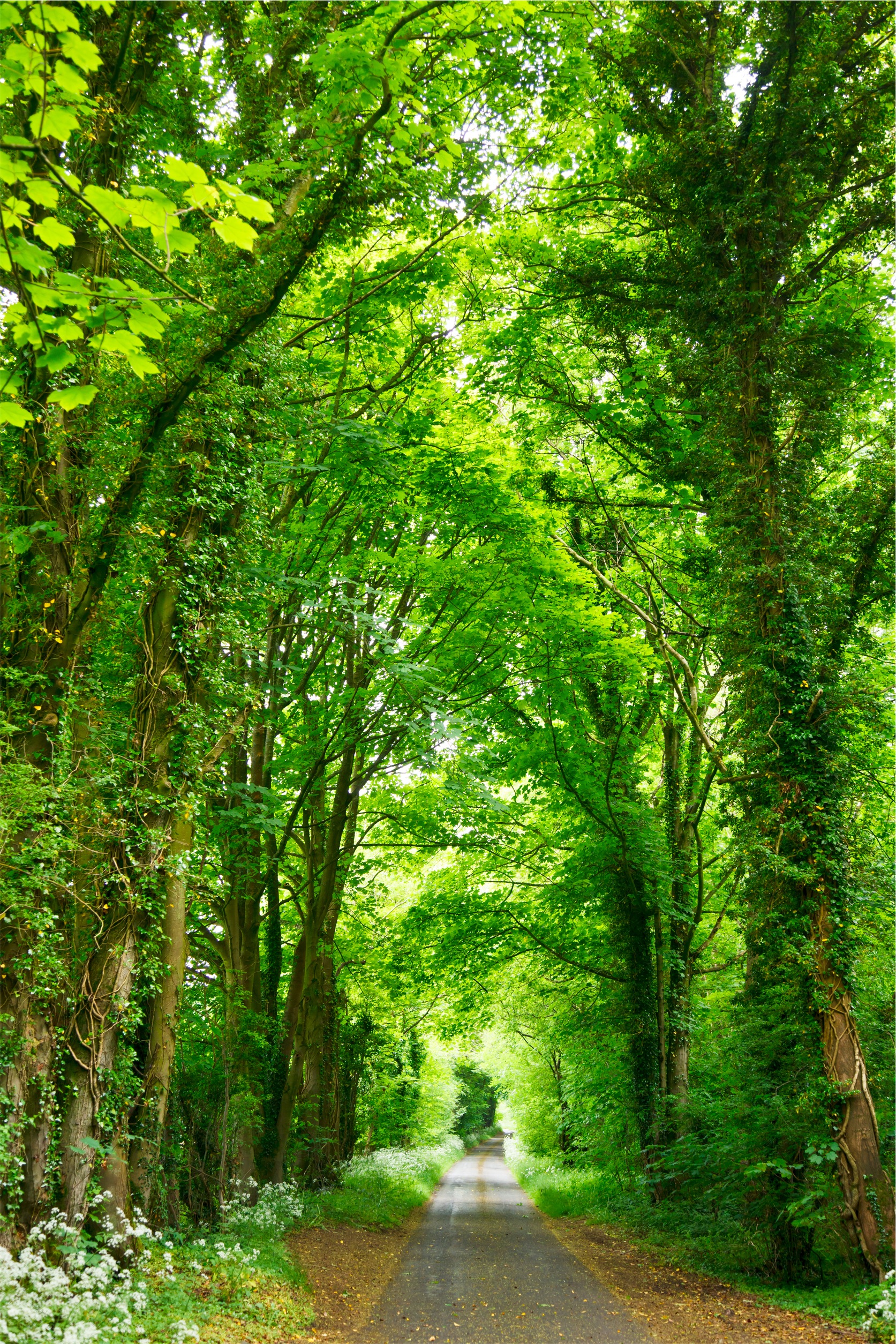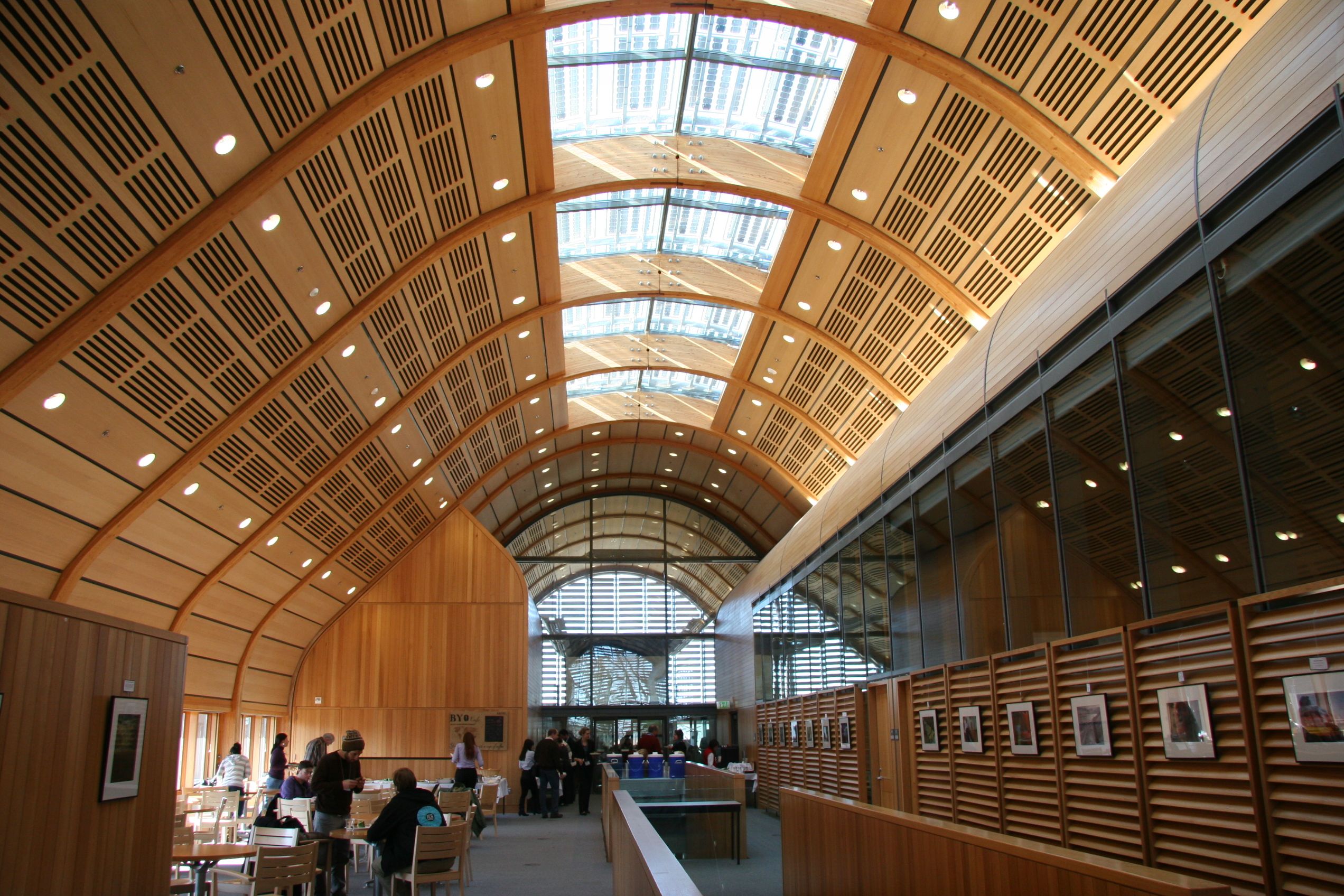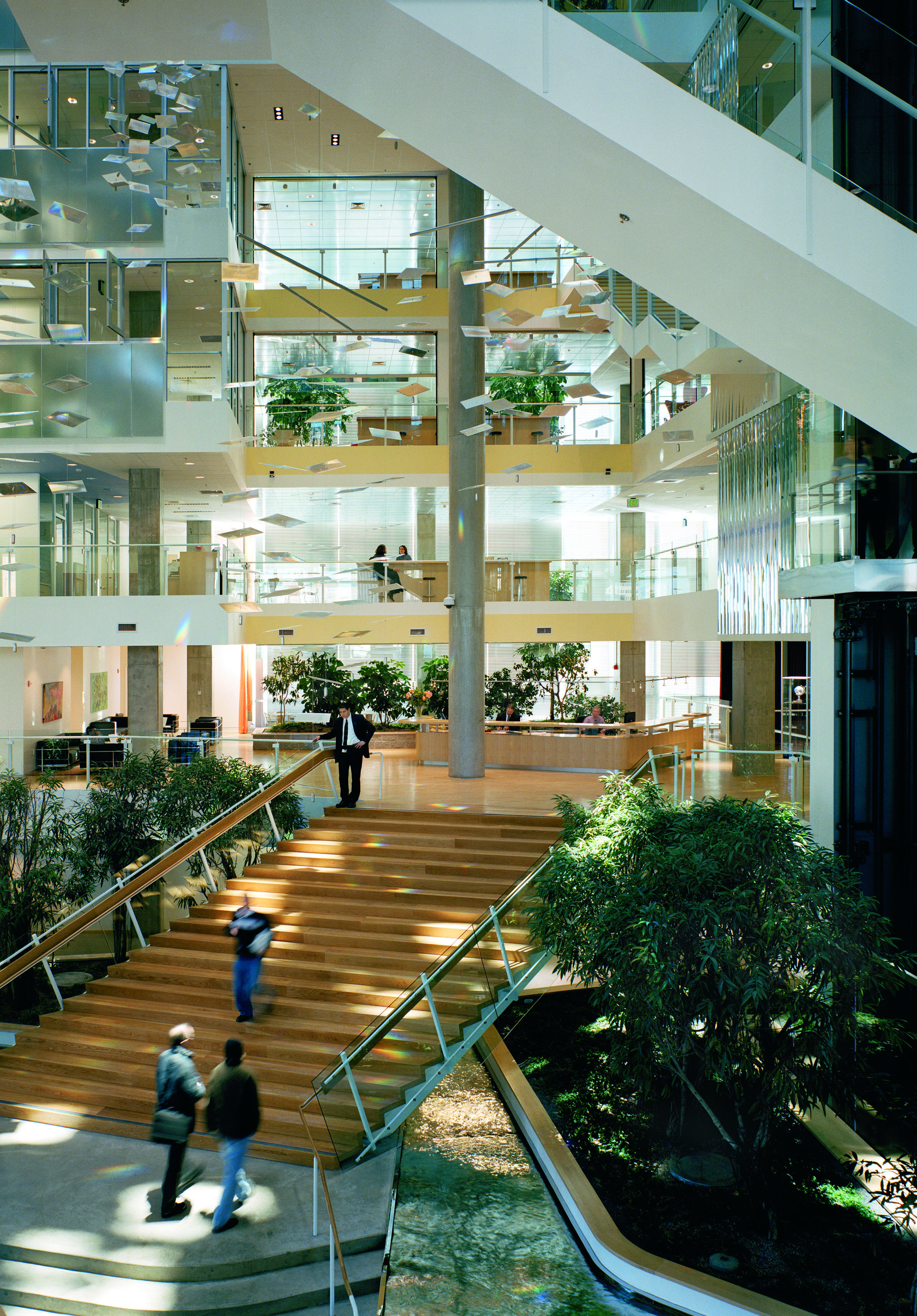The challenge of biophilic design is to address prevailing deficiencies of contemporary building, landscape and interior architecture by initiating a new framework for the beneficial experience of nature in the built environment (Kellert et al 2008, Kellert 2012, Kellert and Finnegan 2011). Biophilic design is about creating good habitat for people as a biological organism in the modern buildings and constructions that advance people’s health, fitness and wellbeing.
The successful application of biophilic design requires consistently adhering to a number of basic objectives or principles. These principles represent fundamental conditions for the effective practice of biophilic design. They include:
1. Biophilic design requires repeated and sustained engagement with nature.
2. Biophilic design focuses on human adaptations to the natural world that over evolutionary time have advanced people’s health and fitness.
3. Biophilic design emphasizes an emotional attachment to particular settings and places.
4. Biophilic design promotes positive interactions between people and nature that expand our understanding of community to include both humans and nature.
5. Biophilic design encourages ecologically connected, mutual reinforcing, and integrated design solutions.
The practice of biophilic design involves the application of diverse design strategies. These include three ways of experiencing nature in the built environment: the direct experience of nature, the indirect experience of nature, and the experience of space and place. Falling within each of the three categories of experience are 24 attributes of biophilic design. Limited space does not permit the description of each of these strategies of biophilic design, although this information will soon be available in a web-based publication co-authored by the architect, Elizabeth Calabrese, and myself. A list of the biophilic design experiences and attributes is provided below:

Many successful biophilic designs are inspired by qualities and features of natural settings without being exact duplicates.
Direct experience of nature
- Light
- Air
- Water
- Plants
- Animals
- Natural Landscapes and Ecosystems
- Weather
- Fire
Indirect experience of nature
- Images of Nature
- Natural Materials
- Natural Colors
- Simulating Natural Light and Air
- Naturalistic Shapes and Forms
- Evoking Nature
- Information Richness
- Age, Change, and Patina of Time
- Natural Geometries
- Biomimicry
Experience of space and place
- Prospect and Refuge
- Organized Complexity
- Integration of Parts to Wholes
- Transitional Spaces
- Mobility and Wayfinding
- Cultural and Ecological Attachment to Place

The use of natural materials such as wood, and spaces that include natural geometries such as fractals and curves, can be highly evocative and satisfying.
As emphasized, biophilic design is about creating good habitat for people as a biological organism in the modern built environment. Good habitat means ecologically sound and productive settings where people function to their optimal potential. Ecosystems are comprised of webs of mutually reinforcing and complementary relationships where the resulting whole is greater than the sum of the parts. Like all organisms, effective human functioning depends on ecologically connected rather than disaggregated environments. The risk of specifying specific strategies of biophilic design is the potential to encourage their piecemeal and disconnected application. Biophilic design should instead be applied only when diverse applications mutually reinforce and complement one another resulting in an overall integrated and coherent whole.

The creative interplay of natural lighting, spaciousness, plants, and water in a central atrium can simulate the qualities of an exterior setting in an indoor space.
Biophilic design is more than just a technical and methodological tool. Ultimately, its successful application depends on adopting a new consciousness toward nature as much as implementing a new design technique. Biophilia and biophilic design originate in the recognition of how much human physical and mental wellbeing still relies on the quality of our species connections to the natural world of which we remain a part. Successfully applying biophilic design depends on realizing the experience of nature continues to function as the basis for a healthy, productive, and meaningful human existence.
References:
Kellert, S, J. Heerwagen, M. Mador, eds. 2008. Biophilic Design. John Wiley.
Kellert, S. 2012. Birthright. New Haven: Yale University Press.
Kellert, S and B. Finnegan. Video: Biophilic Design: the Architecture of Life. www.bullfrogfilms.com.
Acknowledgements: This document was greatly assisted by my collaboration with the architect, Elizabeth Calabrese, and from a project involving the development of a biophilic design framework for the company, Google, particularly the insights of Terrapin Bright Green, Judith Heerwagen, SERA Architects, and Google participants.